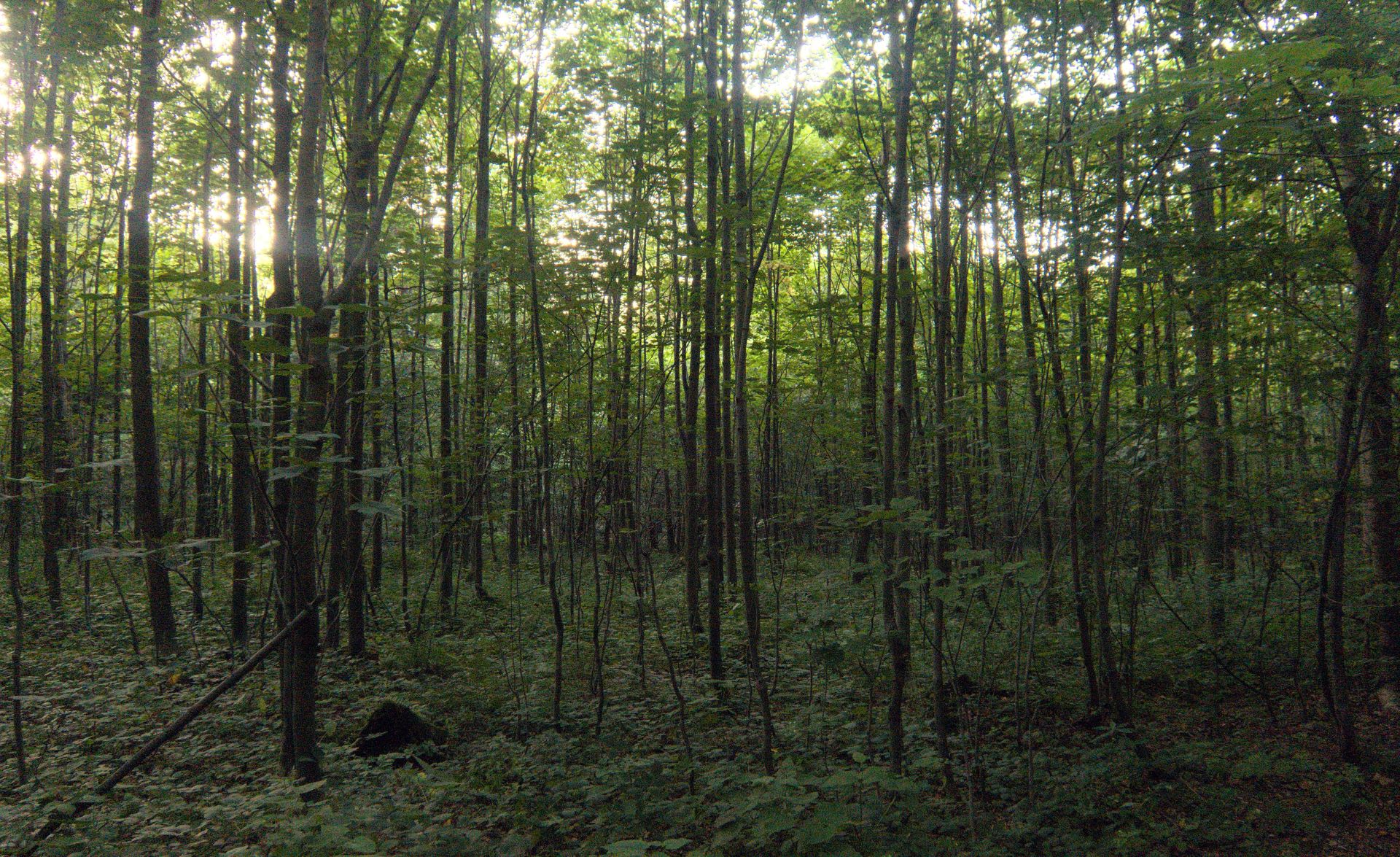Cultivating the Future with Intelligence
Artificial Intelligence is reshaping how we use natural resources. When guided by ethics and purpose, AI can drive a more sustainable economy.
Artificial Intelligence (AI) is transforming our relationship with natural resources. Its application in sectors like agriculture, livestock and forest management helps reduce waste, increase efficiency and move toward a truly sustainable economy. But for its impact to be positive, technology must be applied with ethics and purpose.
An invisible resource: data
Sustainability depends not only on good intentions, but on accurate information, swift decisions and effective resource management. AI makes it possible to process and analyse large volumes of data (such as images, measurements or climate patterns) to anticipate problems and optimise processes that previously required time, manual effort and high resource consumption.
Sectors like agriculture and forest management, vital for food security and climate resilience, are already benefiting from these capabilities. But there’s still a long way to go to ensure these technologies are accessible to all and implemented with sustainability at their core.
Smart vision in the field
One of the areas where AI has shown great promise is agricultural production. Through computer vision systems, it’s now possible to monitor, detect and count objects with speed and precision. In fruit farming, for example, these systems can detect and count fruits such as peaches, apples or citrus directly on the trees. This enables more accurate yield forecasts, helping to plan harvests, storage and distribution more efficiently.
AI enables more accurate yield forecasts, helping to plan harvests, storage and distribution more efficiently.
These systems can also be integrated with smart field sensors that gather real-time data on variables like soil moisture, temperature or solar radiation. Processed by AI algorithms, this information helps optimise irrigation, fertilisation, and even anticipate adverse weather events. Farmers gain a comprehensive and automated view that supports better daily decision-making.
Together, these tools help prevent overproduction, reduce waste and make the most of existing farmland contributing to a more resilient, profitable and environmentally friendly agriculture.
When forests speak in data
Technology is also proving valuable in sustainable forest management. AI-powered computer vision models can automatically calculate coefficients and measurements, key data for traceability and efficiency in the timber value chain. Digitalisation speeds up workflows and reduces human error.
In the case of logging, before-and-after image analysis of harvesting sites allows for precise assessment of ecological impact, supporting conservation efforts and legal monitoring. Crucially, these technologies don’t replace the expertise of field professionals, they enhance it. With up-to-date, objective data, AI strengthens human decision-making capacity, particularly in the face of climate change, biodiversity loss or increasing pressure on natural resources. In short, it adds a layer of intelligence to better protect our forests without losing the value of local knowledge.

Toward purpose-driven AI
For AI to truly support sustainability, it must go beyond technical efficiency. Its development should be guided by principles of accessibility, equity and responsibility, ensuring it doesn’t widen existing inequalities or remain a privilege for the few.
Opening access to data and promoting interoperable platforms is essential to allow farmers, researchers and public institutions to collaborate. At the same time, we need to bring technology closer to rural areas, investing in technical training and user-friendly solutions tailored to real needs.
AI must also be designed from the start with environmental sustainability in mind, not just short-term profitability. This means evaluating its ecological and social impacts rigorously: from model bias to energy consumption to how it shapes decision-making.
Not just what we do but how we do it
AI is a powerful tool, but its value lies in how we use it. It can help us cultivate more effectively, produce cleaner food, and better take care of our forests. But it can also reinforce harmful practices if applied without purpose.
What we need are not just smart technologies, but a collective intelligence that knows how to use them responsibly with a shared commitment to people and planet.